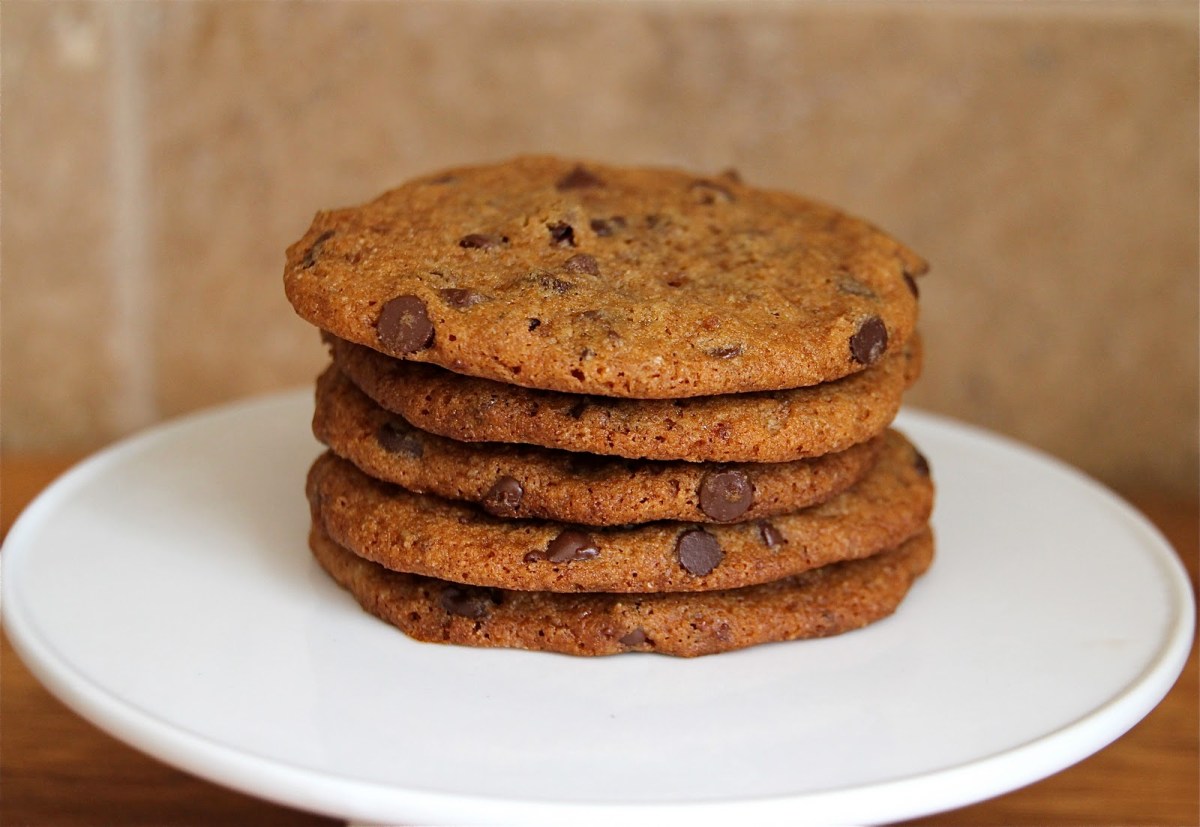Craving delicious cookies but avoiding soy? This collection of ten irresistible recipes offers a delightful escape for those seeking soy-free baking adventures. From classic oatmeal raisin to decadent chocolate chip, each recipe unveils a unique flavor profile and texture, showcasing the versatility of soy-free baking. Discover the secrets to achieving perfectly crisp edges and chewy centers, along with helpful tips and ingredient substitutions to ensure baking success, even without soy.
We’ll guide you through detailed, step-by-step instructions for two flagship recipes: oatmeal raisin and chocolate chip cookies. Learn about the historical context behind some of these beloved treats, explore nutritional benefits, and unlock creative variations to personalize your baking experience. Prepare to be amazed by the possibilities of delicious, soy-free cookies!
Step-by-Step Baking (Recipe 2)

These delectable chocolate chip cookies, crafted without soy, offer a delightful twist on a classic. This recipe prioritizes achieving that perfect balance of chewy texture and rich chocolate flavor, all while ensuring a soy-free outcome. The step-by-step guide below will walk you through the process, highlighting techniques for optimal results.
Ingredients and Preparation
Before beginning, gather all your ingredients. This ensures a smooth and efficient baking process. You’ll need unsalted butter, granulated sugar, brown sugar, large eggs, vanilla extract, all-purpose flour, baking soda, salt, and your favorite soy-free chocolate chips. Soften the butter to room temperature for optimal creaming. Measure out all dry ingredients and have them ready in separate bowls. This minimizes interruptions during the mixing process. Preheating your oven to 375°F (190°C) is also crucial for consistent baking.
Mixing the Dough
Cream together the softened butter, granulated sugar, and brown sugar until the mixture is light and fluffy. This step incorporates air into the batter, contributing to a lighter texture. Next, beat in the eggs one at a time, followed by the vanilla extract. In a separate bowl, whisk together the flour, baking soda, and salt. Gradually add the dry ingredients to the wet ingredients, mixing until just combined. Be careful not to overmix, as this can lead to tough cookies. Finally, gently fold in the chocolate chips.
Chilling the Dough for Optimal Texture
Chilling the dough is a key step in achieving the perfect texture. This allows the gluten to relax, resulting in chewier cookies. After mixing, cover the dough and refrigerate it for at least 30 minutes, or preferably, overnight. Chilling also helps prevent the cookies from spreading too thin during baking. The longer the chill time, the thicker and chewier the cookies will be. For example, chilling the dough for only 30 minutes will yield a slightly softer cookie, while chilling it overnight will result in a thicker, more chewy texture.
Baking and Cooling
Scoop rounded tablespoons of dough onto ungreased baking sheets, leaving some space between each cookie to allow for spreading. Bake for 9-11 minutes, or until the edges are golden brown and the centers are still slightly soft. The baking time may vary slightly depending on your oven and the size of your cookies. Remove the baking sheets from the oven and let the cookies cool on the sheets for a few minutes before transferring them to a wire rack to cool completely.
Taste and Texture Comparison
These soy-free chocolate chip cookies offer a taste and texture remarkably similar to traditional versions. The rich chocolate flavor remains prominent, and the chewiness is achieved through careful attention to the mixing and chilling processes. While the absence of soy may subtly alter the overall mouthfeel, the difference is minimal for most palates. The primary distinction lies in the guaranteed soy-free nature, making them a suitable option for those with soy allergies or sensitivities. The subtle differences are outweighed by the delightful taste and texture.
Embark on a culinary journey filled with the warm aroma of freshly baked, soy-free cookies. This guide not only provides ten delectable recipes but also equips you with the knowledge to confidently navigate soy-free baking. From mastering the perfect texture to exploring creative variations, your kitchen will transform into a haven of deliciousness. So, gather your ingredients, preheat your oven, and prepare to indulge in a world of delightful, soy-free cookie creations. The possibilities are as endless as your imagination!
Questions and Answers
Can I freeze soy-free cookie dough?
Yes, freezing cookie dough is a great way to have baked goods ready for a quick treat. Wrap the dough tightly in plastic wrap and then foil before freezing. Bake from frozen, adding a few minutes to the baking time.
What are the best substitutes for soy flour?
Several excellent substitutes exist, depending on the recipe. Consider almond flour, oat flour, or a blend of rice flour and tapioca starch for similar results.
How can I tell if my cookies are done baking?
The edges should be golden brown, and the centers should be set but still slightly soft. A toothpick inserted into the center should come out with just a few moist crumbs attached.
Are all soy-free cookies automatically vegan?
Not necessarily. Many soy-free cookies use dairy products like butter or eggs. Check the recipe ingredients to ensure it meets vegan requirements.
How long do soy-free cookies last?
Stored in an airtight container at room temperature, most soy-free cookies will last for 3-5 days. For longer storage, freeze them.


